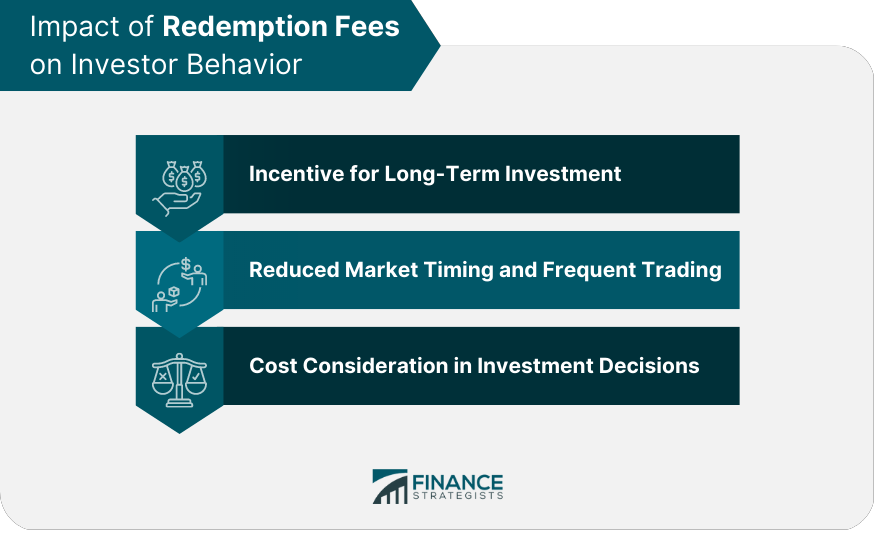How to Successfully Run a Profitable Business from Home in 2025
Introduction: The Rise of Home-Based Businesses
The ability to run a business from home has never been more attainable or appealing. In 2025, over half of U.S. businesses are home-based, driven by low startup costs, rapid advances in technology, and a cultural emphasis on work-life balance. Whether you want to launch a product line, provide virtual services, or build an online brand, the home business landscape is wide open for innovation and growth [1] . This guide will explain how you can start, operate, and scale a successful home-based business, with actionable steps and strategies tailored to today’s opportunities.
Why Start a Business from Home?
Running a business from your residence offers unique advantages. Startup costs are typically much lower than traditional storefronts, and many home business models require little or no inventory. Flexible scheduling means you can work around family obligations or personal interests, and you can often deduct a portion of your housing expenses as business costs if you meet IRS requirements [1] . Technology platforms-from e-commerce tools to cloud-based project management-make it easy to reach clients, manage operations, and collaborate with partners worldwide.
Popular Home Business Ideas for 2025
There are countless ways to build a business from home. Some of the most promising and accessible models include:
- Print-on-demand stores: Sell custom merchandise like t-shirts, mugs, or notebooks without needing to hold inventory. Companies like Printful or Printify integrate with major e-commerce platforms. When a customer makes a purchase, the item is produced and shipped automatically [2] .
- Freelance services: Offer skills such as writing, graphic design, web development, or marketing. You can connect with clients through established platforms like Upwork, Fiverr, or LinkedIn [2] .
- Virtual assistant: Provide administrative support, manage calendars, handle emails, and more. This requires minimal overhead and can be started with a computer and internet connection [5] .
- Home-based bakery or food business: If you have culinary skills, consider preparing baked goods or specialty foods. Make sure to research local health regulations and licensing requirements before selling to the public [5] .
- Online coaching or tutoring: Share your expertise in academics, fitness, music, or professional skills. Video conferencing tools facilitate remote sessions with students or clients worldwide [3] .
Choose an idea that fits your strengths, interests, and market demand. For more inspiration, review detailed lists from reputable sources like Shopify, Entrepreneur, and the U.S. Chamber of Commerce [2] [4] [3] .
Step-by-Step Guide: How to Launch Your Home Business
- Assess Your Skills and Interests: Reflect honestly about what you enjoy and do well. Consider hobbies, professional expertise, and transferable skills. For example, if you excel at organization, a virtual assistant business may be ideal [5] .
- Research Market Demand: Use online tools and keyword research to determine what services or products are in demand. Analyze competitors and identify gaps you can fill. Look for growing trends like telehealth, remote education, or sustainable products [1] .
- Develop a Simple Business Plan: Outline your target market, value proposition, pricing, and marketing strategy. A concise plan helps clarify your goals and makes it easier to adapt as your business evolves.
- Register Your Business: Check local regulations for licensing or permits that may be required. Register your business name and, if needed, apply for an Employer Identification Number (EIN) through the IRS. For specific requirements, visit your state’s official business registration portal.
- Set Up Your Home Workspace: Create a dedicated, organized workspace to maintain productivity and separate work from personal life. Even a small desk or spare room can suffice if set up thoughtfully [1] .
- Launch Your Website and Online Presence: A professional website is essential for credibility and attracting clients. Platforms like Shopify, Wix, or WordPress provide user-friendly tools to build your site. Use social media to reach your audience and establish your brand [2] .
- Market Your Offerings: Leverage digital marketing-such as SEO, email campaigns, and content marketing-to reach potential customers. Networking through online communities or local business groups can also generate leads and referrals.
- Manage Finances and Taxes: Keep accurate records of income and expenses. Many business owners can deduct a portion of their home expenses, but requirements vary-consult a certified tax professional or review IRS guidelines for home office deductions.
Real-World Examples of Home-Based Businesses
Many successful brands began as home-based ventures. For instance,
Milk Bar
, a bakery that started in a tiny New York kitchen, has grown into a national dessert brand
[5]
. Virtual assistant services, freelance design studios, and print-on-demand e-commerce stores are flourishing nationwide. These examples demonstrate that with careful planning and persistence, it’s possible to build a thriving, sustainable business from home.
Potential Challenges and How to Overcome Them
While operating a business from home is rewarding, challenges can arise:

Source: luzenelhorizonteymas.blogspot.com
- Isolation: Working solo can feel lonely. Regularly connect with peers through online groups or local networking events.
- Work-life boundaries: Set clear hours, use a separate workspace, and communicate expectations with household members [1] .
- Compliance and regulations: Some industries (like food production or healthcare) require permits or licenses. Always check with your city or county’s small business office for guidance.
- Marketing and visibility: Building a client base takes time. Focus on delivering exceptional service, ask for referrals, and stay consistent with your outreach.
Persistence, adaptability, and continuous learning are essential. Many entrepreneurs use online courses, podcasts, or mentorship programs to sharpen their skills and gain industry insights.
Alternative Paths and Additional Opportunities
Some people prefer to start with a side hustle while keeping their current job. This approach reduces risk and allows you to validate your business idea before committing full-time. Others may partner with existing companies as independent contractors or franchisees. These models can offer additional support, training, and established customer bases.
If you’re unsure where to begin, consider joining online forums, attending webinars, or contacting your local Small Business Development Center (SBDC) for free advice and resources. These centers exist in every state and provide confidential counseling, training, and access to funding opportunities.
Accessing Resources and Support
Many organizations provide resources for home-based business owners:
- SBA (U.S. Small Business Administration): Offers guides on business planning, funding, and compliance. Visit the official SBA website and search for “home-based business resources.”
- SCORE: A nonprofit network of volunteer business mentors. Find your local SCORE chapter for free or low-cost mentoring and workshops.
- State and local agencies: Each state has its own business registration and licensing requirements. Search your state’s official business portal for specific steps and contacts.
For sector-specific support (e.g., food, consulting, e-commerce), look for professional associations or trade groups with resources for small and home-based businesses.
Conclusion: Building Your Future from Home
Running a business from home in 2025 is both achievable and rewarding. With the right planning, resources, and commitment, you can create a flexible career that supports your goals and lifestyle. Use the actionable steps and examples provided to chart your path to success, and remember to leverage community resources and professional networks along the way. Whether you’re seeking financial independence, creative fulfillment, or a better work-life balance, the tools and opportunities are at your fingertips.
References
- [1] Bask Health (2025). Ideas For a Small Business From Home in 2025.
- [2] Shopify (2025). 40 Home Business Ideas for 2025 (+ How To Get Started).
- [3] U.S. Chamber of Commerce (2025). 55 Trending Business Ideas for 2025 and Beyond.
- [4] Entrepreneur (2025). 70 Small Business Ideas to Start in 2025.
- [5] BunnyDoc (2025). Best 60 Small Business Ideas in 2025.
MORE FROM jobsmatch4u.com













